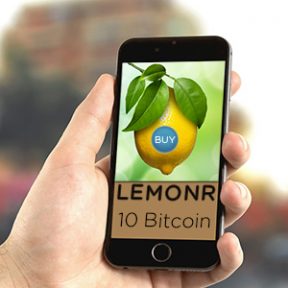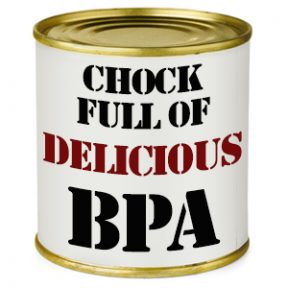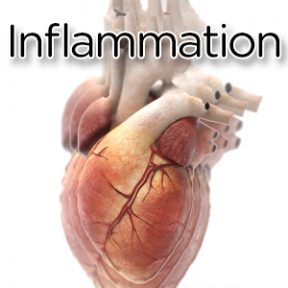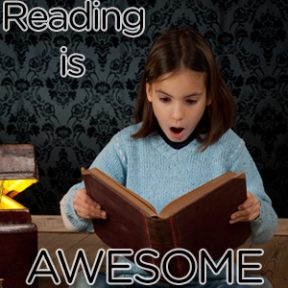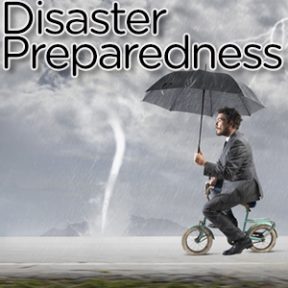 Back in 1998, my oldest daughter Nicole and Merit classmate Joanne were the first students in the world to build a hydrogen fuel cell. They went on tour across the United States to demonstrate how fuel cells work by making ice cream with a machine powered by the fuel cell! Obviously they were the main attraction at their events – everyone loves ice cream! With no moving parts, it’s remarkable that hydrogen fuel cells can produce electricity with no CO2 pollution — the only by-product is water!
Back in 1998, my oldest daughter Nicole and Merit classmate Joanne were the first students in the world to build a hydrogen fuel cell. They went on tour across the United States to demonstrate how fuel cells work by making ice cream with a machine powered by the fuel cell! Obviously they were the main attraction at their events – everyone loves ice cream! With no moving parts, it’s remarkable that hydrogen fuel cells can produce electricity with no CO2 pollution — the only by-product is water!
In 2005, my youngest daughter Jaclyn started Kids 4 Hydrogen, a California non-profit organization to educate the public about 100% clean hydrogen. She was a keynote speaker at the Walt Disney Concert Hall at an awards ceremony honoring then-governor Arnold Schwartzenegger for initiating the California hydrogen highway. She started a movement to educate Americans on how to convert their internal-combustion engine vehicles so they could run on gaseous hydrogen instead of gasoline.
In 2012, Rebecca, a Kids 4 Hydrogen member, wrote the lyrics and Nicole sang the song, “In the Year 2020” to update the public on our environmental dilemma since Zager and Evan’s 1969 number-one hit “In the Year 2525.” Zohar created the music video. If you’re a boomer, you probably remember this classic. Check out the kids’ new version in this music video to learn more about how hydrogen can and most likely will become the future energy source.
 Back in 1998, my oldest daughter Nicole and Merit classmate Joanne were the first students in the world to build a hydrogen fuel cell. They went on tour across the United States to demonstrate how fuel cells work by making ice cream with a machine powered by the fuel cell! Obviously they were the main attraction at their events – everyone loves ice cream! With no moving parts, it’s remarkable that hydrogen fuel cells can produce electricity with no CO2 pollution — the only by-product is water!
Back in 1998, my oldest daughter Nicole and Merit classmate Joanne were the first students in the world to build a hydrogen fuel cell. They went on tour across the United States to demonstrate how fuel cells work by making ice cream with a machine powered by the fuel cell! Obviously they were the main attraction at their events – everyone loves ice cream! With no moving parts, it’s remarkable that hydrogen fuel cells can produce electricity with no CO2 pollution — the only by-product is water!
In 2005, my youngest daughter Jaclyn started Kids 4 Hydrogen, a California non-profit organization to educate the public about 100% clean hydrogen. She was a keynote speaker at the Walt Disney Concert Hall at an awards ceremony honoring then-governor Arnold Schwartzenegger for initiating the California hydrogen highway. She started a movement to educate Americans on how to convert their internal-combustion engine vehicles so they could run on gaseous hydrogen instead of gasoline.
In 2012, Rebecca, a Kids 4 Hydrogen member, wrote the lyrics and Nicole sang the song, “In the Year 2020” to update the public on our environmental dilemma since Zager and Evan’s 1969 number-one hit “In the Year 2525.” Zohar created the music video. If you’re a boomer, you probably remember this classic. Check out the kids’ new version in this music video to learn more about how hydrogen can and most likely will become the future energy source.
Musical revues are an excellent way for kids to learn about the history of rock ‘n roll music. It will also help them learn about marketing and management. By going back to rhythm and blues to see the evolution of contemporary music, they’ll gain a better appreciation for the music they enjoy today.
Besides, it’ll take you down memory lane and give you something to share with your kids. Psst: our music back in the 60’s and 70’s was revolutionary!
Seventh graders at Merit Academy started a business called Merit 50’s Entertainment and took their rock ‘n roll revue on the road. They performed 30-minute, 1-hour, and 2-hour musical revues for office, holiday and birthday parties. After getting their business off the ground, they opened a concert for Frankie Valli and the Four Seasons, Freddie “Boom-Boom” Cannon, and The Marvelettes!
Starting businesses during the summer can inspire them to do great things with their lives — and have fun doing it!
Watch their promotional video here:
 What happened to kids’ entrepreneurship? Remember setting up lemonade stands in the summer? Granted, today the “lemonade stand” might be an app, but still, the principle is the same.
What happened to kids’ entrepreneurship? Remember setting up lemonade stands in the summer? Granted, today the “lemonade stand” might be an app, but still, the principle is the same.
I remember my father telling me how he used to knock on doors to sell avocados during the summers. He’d stand outside and chant, “Avocados! Three for a quarter!” This, of course dates him, as avocados now sell for $3.00 a piece. This was his first job — at age 7. His parents were so poor that his mom (my grandmother) used to sew shirts and pants out of cloth sacks that stored rice in bulk. Wearing these homemade clothes embarrassed him because the kids would tease him. He wanted to wear the “Levi” brand jeans and “regular” shirts — just like the other kids. Sound familiar? But this was post WWII when Japanese Americans wanted to blend into the American fabric. When he asked for Levis, his mother told him that he would have to earn money to buy it himself. And so, a young entrepreneur was born.
Summers are the ideal time for kids to get a taste for making money and learning about consumerism. Until they learn the value of a buck, they won’t have respect for money, savings, or budgets. I think our society has become so engrossed with consumerism that they’ve lost sight of their finances. Many people I know are living month-to-month, yet they purchase luxuries beyond their income level. Using credit cards to make purchases only puts them in a downward spiral that they may never recover from.
So, stop that vicious cycle. Instead of giving your kids large allowances or buying everything they need, put them on a budget. When they want something that costs more than they have, they’ll have two options: (1) Find a way to make money to purchase the item, or (2) Not purchase the item at all. Both options teach great lessons. The first, gives them motivation to earn money, and the second, teaches them to decide what is important enough to work for. You’ll be surprised to see what they decide NOT TO BUY, when it’s their money!
Kids can sell things that they make, like lemonade or cookies. They’ll learn how to quadruple recipes (math!), buy in bulk to save money (financial management), and sell their goods (marketing). Keeping track of sales and their profits (or losses) opens the doors to bookkeeping and budgets. They can also sell services like washing cars, walking pets, watering plants, or weeding. This teaches kids how to establish clientele by setting up services that people need. CONSUMERISM — IN REVERSE! You’ll be amazed by the lessons your kids will learn when they start evaluating marketing and advertising from the business point of view. I remember my girls complaining to me about how toy manufacturers “lie to the public about their toys!” because they make them look better than they actually are. This is an excellent lesson – it’s good to make them aware of how marketing and advertising gimmicks work while they’re young.
My father told me that when his mother made him earn money for the things he wanted, she gave him the best gift of all — motivation to become financially independent. He grew up to become successful. Something to think about!
 Looking for the perfect high school graduation gift for that special kid? Money? Nah — they’ll just blow it in ways you probably don’t want to know about. Luggage? Nah — although it’s a practical idea, they’re probably going to get it from Aunt Sally. Engraved pen? Nah — they’ll never use it. So what do college-bound grads need? They need a FOUR-YEAR PLAN that they can use to navigate the confusing major and college graduation requirements!
Looking for the perfect high school graduation gift for that special kid? Money? Nah — they’ll just blow it in ways you probably don’t want to know about. Luggage? Nah — although it’s a practical idea, they’re probably going to get it from Aunt Sally. Engraved pen? Nah — they’ll never use it. So what do college-bound grads need? They need a FOUR-YEAR PLAN that they can use to navigate the confusing major and college graduation requirements!
Every college-bound student needs to completely understand what is required of them for their majors (and minors or double majors) and layout a plan to take all of the necessary prerequisites for each course. Then, they need to select courses that satisfy their graduation requirements while giving them exposure in their other areas of interest and skills that they’ll need in their future careers. This can be really confusing!
Combining all of these courses within the constraints of the college can be quite a challenge because some courses are only offered once per year or even alternating years. For courses that are prerequisites to required courses, this can actually set you back a semester or even a full year! YIKES! That means you’ll be paying $12,000 to $60,000 more than you expected to pay for a bachelor’s degree!
Besides the cost factor, when freshmen have laid out their four-year plans before they start college, they make better use of their college education. Because they’ll know what’s required and completely understand what cool programs they can join and specific professors they want to get to know, they can add these extracurricular activities to their four-year plan to make the plan a template for success.
Academic advisors in college are so inundated with students that they only help them consider courses for the upcoming term. That doesn’t give the student the comprehensive understanding that they need to make their college education work for them. So, offer to sit down with your grads and help them map out their four-year plans. That’ll be a gift that will ensure that their college experience is more than beer pong!
 Did you know BPA is still in our canned food?
Did you know BPA is still in our canned food?
I think it’s criminal that food manufacturers knowingly coat the insides of metal canned food cans with a synthetic estrogen in the epoxy (bisphenol A-based epoxy) that is linked to breast cancer, reproductive damage, developmental problems and heart disease. That’s right! CRIMINAL. If you or I knowing put toxins in food containers that killed someone, we would go to prison. But not large food manufacturers!
So what can we do about it?
Simple! Only buy canned goods from companies that publicly pledge to stop using bisphenol A-based (BPA) epoxy to line their metal food cans. Below are two lists – the first contains (ha ha) a list of companies to support, and the second contains a list of brands to AVOID. Keep yourself and your loved ones safe by buying only the good brands.
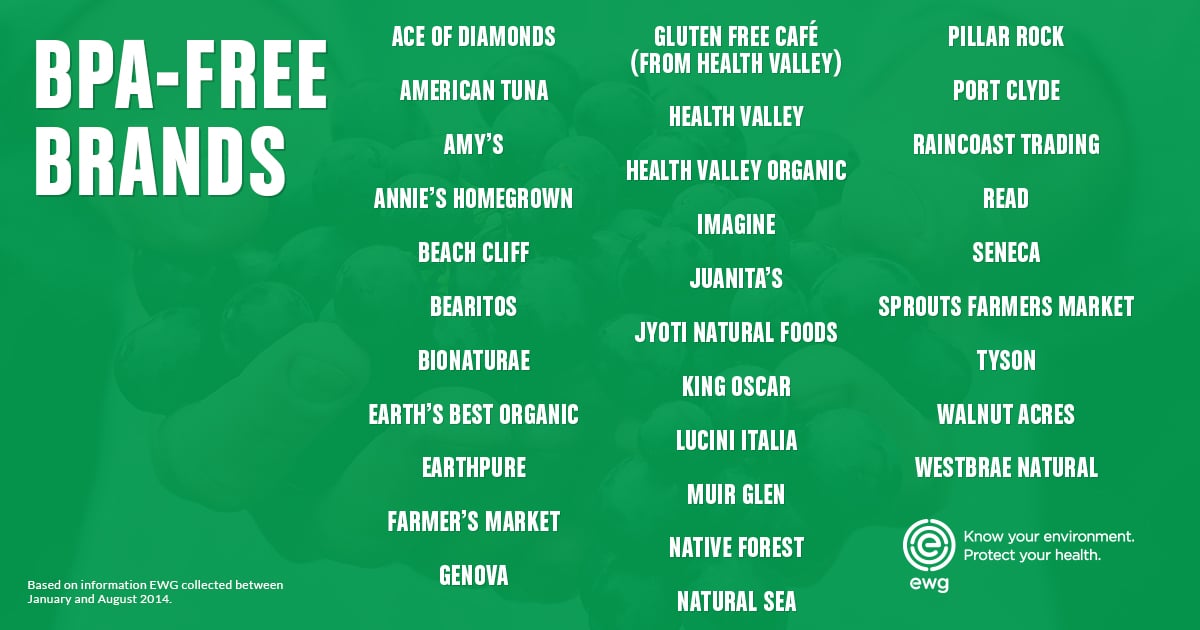
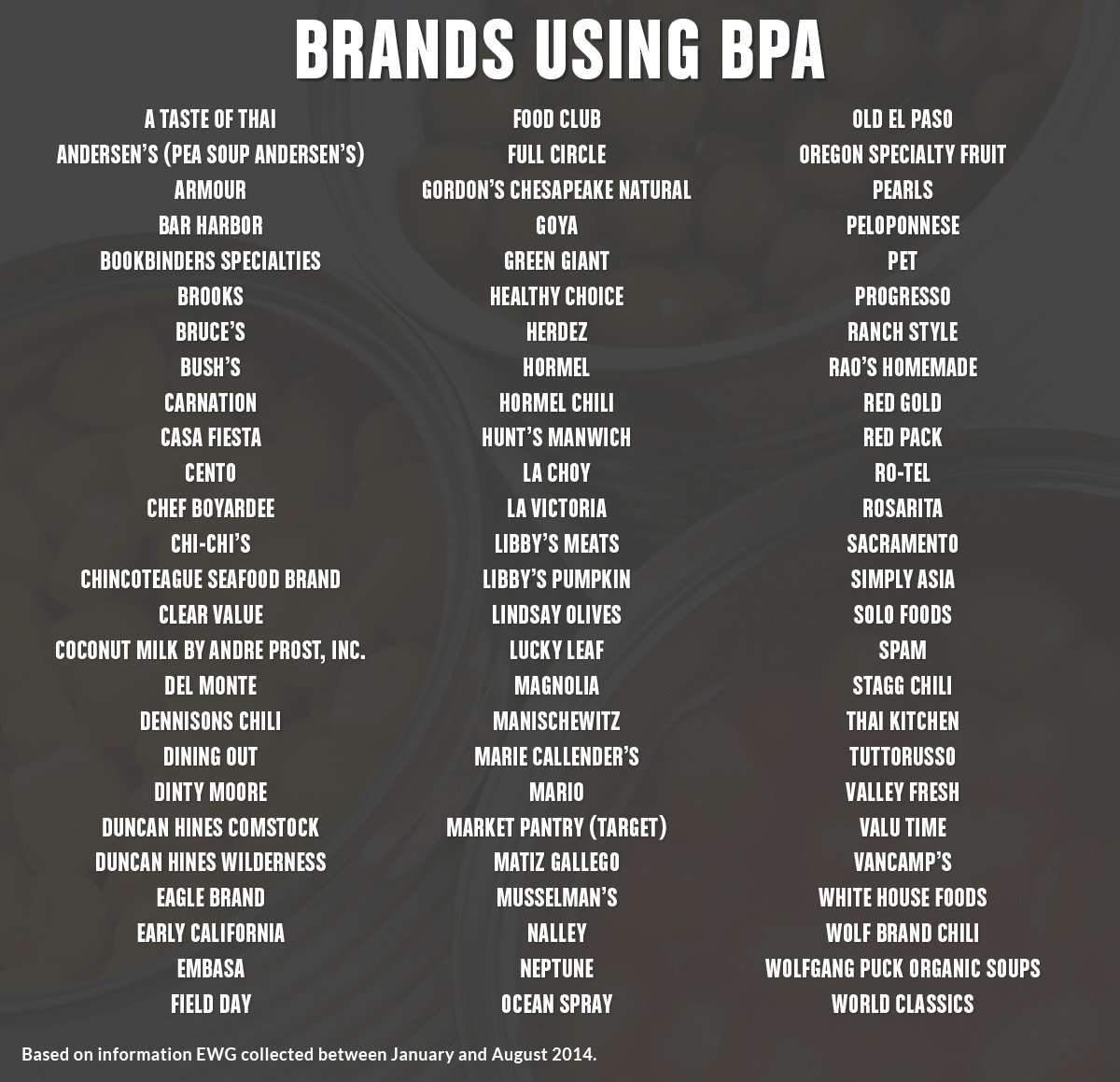
 Thank you Dr. Lundell for coming forward to tell Americans how they can reverse heart disease without drugs or surgery. While mainstream western medicine continues to prescribe statins to reduce cholesterol and low-fat diets, more Americans are dying from heart disease than ever before! Say what?
Thank you Dr. Lundell for coming forward to tell Americans how they can reverse heart disease without drugs or surgery. While mainstream western medicine continues to prescribe statins to reduce cholesterol and low-fat diets, more Americans are dying from heart disease than ever before! Say what?
Western medicine has had heart disease all wrong, and finally doctors are beginning to understand that the INFLAMMATION caused by the low-fat diets and the over consumption of processed foods (sugars, flours, vegetable oils) IS THE PROBLEM. Yup! That means that breads, rice, pasta, crackers — and all of the delicious staples that we have been eating are overloading our blood vessels. Lundell recommends eating WHOLE FOODS that your grandmother served and avoiding processed, manufactured foods that your mother turned to for quick meals.
Dr. Randy Baker recommended that I try a raw, vegan diet for 3 weeks to see if it would reduce inflammation in my body and help my diabetes (Dr. Cousen’s There is a Cure for Diabetes!). That was quite a lifestyle change from eating gourmet, rich foods (my husband is quite the chef) to raw vegan. But, exactly 3 weeks later my blood glucose count went from 140 to 55! My high blood pressure has also dropped, and I lost 10 lbs in 6 weeks, without trying. Dr. Lawrence Calderon suggested that I add seafood and lean meat for protein while keeping the inflammation down. I’m now eating meat and seafood (no dairy, grains, soy products, sugar) and fresh, steamed, and sauteed veggies, and I continue to be diabetes free!
[Source]
 As promised in yesterday’s post, below is a list of recommended summer reading for older kids.
As promised in yesterday’s post, below is a list of recommended summer reading for older kids.
What books would YOU like to see on this list?
MIDDLE SCHOOL
Horrible Histories (Deary)
Quest for a Maid (Hendry)
Count of Monte Cristo (Dumas)
Treasure Island (Stevenson)
Hard Times (Dickens)
Rifles for Waite (Keith)
Catherine, Called Birdy (Cushman)
Watership Down (Adams)
Mrs. Frisby and the Rats of NIMH (O’Brien)
HIGH SCHOOL
Pride and Prejudice (Austen)
Gone with the Wind (Mitchell)
The Hitchhiker’s Guide to the Galaxy (Adams)
Small Gods (Pratchett)
Wuthering Heights (Bronte)
Time and Again (Finney)
Angela’s Ashes (McCourt)
Jane Eyre (Bronte)
Twelve Angry Men (Munyon)
Joy Luck Club (Tan)
Catch-22 (Heller)
Slaughterhouse-Five (Vonnegut)
 Reading for pleasure during the school year can be challenging when kids come home with hours of busy work (homework) and they’re booked solid with extracurriculars (sports, musical instruments, and clubs). It’s tough to compete with teachers, and well, life! So during the summer, if you plan this out at the start of the summer, introduce the LOVE OF READING to your kids. Set up a family calendar where you list what they’ll be reading each week. Have the kids decide when they’ll read (and finish!) each book. That way they won’t reach the end of the summer with a stack full of books that haven’t been opened!
Reading for pleasure during the school year can be challenging when kids come home with hours of busy work (homework) and they’re booked solid with extracurriculars (sports, musical instruments, and clubs). It’s tough to compete with teachers, and well, life! So during the summer, if you plan this out at the start of the summer, introduce the LOVE OF READING to your kids. Set up a family calendar where you list what they’ll be reading each week. Have the kids decide when they’ll read (and finish!) each book. That way they won’t reach the end of the summer with a stack full of books that haven’t been opened!
Use this time to choose some classic books, the books that every kid SHOULD READ! Like ROIs (return on investments), let’s make sure they get the most bang for the buck with their reading. Here’s a list of books that I’ve compiled based on my kids’ favorites and some authorities in the literary world. What books were your favorites?
PRESCHOOL
The Giving Tree (Silverstein)
How Much is a Million? (Schwartz)
There was an Old Lady Who Swallowed a Fly (Taback)
Where the Wild Things Are (Sendak)
Alexander and the Terrible, Horrible, No Good, Very Bad Day (Viorst)
Velveteen Rabbit (Williams)
The Big Book for Peace (Dutton)
LOWER ELEMENTARY
The Cricket in Times Square (Seden)
Sadako and the Thousand Paper Cranes (Coerr)
Where the Sidewalk Ends (Silverstein)
Charlie and the Chocolate Factory (Dahl)
Fables (Lobel)
The Voyages of Dr. Doolittle (Lofting)
Ralph S. Mouse (Cleary)
Encyclopedia Brown (Sobol)
UPPER ELEMENTARY
Island of the Blue Dolphins (O’Dell)
A Wrinkle in Time (L’Engle)
Dear Mr. Henshaw (Cleary)
Nancy Drew (Keene)
Hardy Boys (Dixon)
Boxcar Children (Warner)
Harry Potter (Rowling)
Secret Garden (Burnett)
The Book of Three (Alexander)
 Whether or not you believe that climate change is a scientific reality or a hoax, it’s a good idea to have a DISASTER PLAN. Weather — and its aftermath — has become our news, and earthquakes, hurricanes, and other disasters are happening with eerie frequency. Here are 3 tips to help mitigate confusion and loss before it happens.
Whether or not you believe that climate change is a scientific reality or a hoax, it’s a good idea to have a DISASTER PLAN. Weather — and its aftermath — has become our news, and earthquakes, hurricanes, and other disasters are happening with eerie frequency. Here are 3 tips to help mitigate confusion and loss before it happens.
First, you need a plan. OK, this probably isn’t on your bucket list, but just set aside an hour to get it done. During an earthquake or hurricane (or other natural disasters), phone lines and power outages make communication near impossible. Victims are often separated from their family. When you need it most, your cell phone doesn’t get service and eventually the batteries die out.
Don’t wait until it’s too late! Set up a designated meeting place in case you can’t meet or it’s not safe to stay at your home or office. Layout the path that everyone should take to ensure that you aren’t crisscrossing the area and missing each other. And most importantly, leave a message at the designated meeting place with an update on everyone’s condition and the new meeting place if someone is hurt and they can’t stay there.
Second, prepare a disaster kit for your home and your car. (Click here for a PDF of one you can use right now!) Store clothing for your family, enough water and food for 3 days, first aid supplies, medications, and toiletries in both locations. For your home, use a metal trash can and seal it with duct tape. Keep it outside and away from the house. For your car, use a duffel bag and put it in your trunk. Replace the contents every year to make sure clothes still fit and food hasn’t spoiled. I checked my earthquake kit a few years ago and found toddler clothes and diapers in the kit…both of my girls were in college at the time! Needless to say, update your kits often.
Third, record your belongings so they can be easily replaced after a disaster. Well, you might not be able to replace family heirlooms, photographs and mementos, but you’ll be surprised by how difficult it is to create a list of ALL OF YOUR BELONGINGS after a disaster. Replacement insurance will give you the opportunity to replace most of your things. Check your policies to see if there are deductions for depreciation and make sure your policy will give you full replacement coverage. You’ll need to prove what you have so videotape or photograph all of your possessions. My daughters started videography businesses when they were in middle school so for me it was super easy. They videotaped all of our possessions in a house for $50. You could do this yourself in less than an hour. Make digital copies of important photographs. Make photo copies of all of the credit cards, gift cards, and contents in your wallet so you can stop predators from using your cards and ruining your credit. Don’t keep your backups at your home or office. Keep them in a safe deposit box or with a family member who lives in a different state. That way, you’ll be able to have access to all of your records for the insurance and credit card companies.
The recovery process after a devastating disaster is long and painful, but if you have a communication plan, disaster kits, and back-ups, you’ll get back on your feet that much faster.
 Almost every time I get a text message, I cringe. I never seem to get enough information from the acronyms and abbreviations to respond in kind. A simple COMMA would really help me understand what they are trying to convey, and maybe just a few more adjectives or adverbs would give me a better feeling about their tone and sense of urgency. More often than not, I find myself wondering if the person texting me as happy, irritated, or simply bored. My long-winded texts are met with rolling eyes and exasperation. Whatever happened to good ol’ communication skills?
Almost every time I get a text message, I cringe. I never seem to get enough information from the acronyms and abbreviations to respond in kind. A simple COMMA would really help me understand what they are trying to convey, and maybe just a few more adjectives or adverbs would give me a better feeling about their tone and sense of urgency. More often than not, I find myself wondering if the person texting me as happy, irritated, or simply bored. My long-winded texts are met with rolling eyes and exasperation. Whatever happened to good ol’ communication skills?
Everywhere I turn, I see people in conflict. Whether it’s in the workplace, with a family member, or in a social interchange, somebody is ALWAYS pissed off at someone. At first blush, it appears that the two parties simply disagree on the issue, but what I have come to learn with my near 6 decades of experiences is that this is NOT TRUE. More often than not, the parties actually agree and have similar goals, but they get hung up on COMMUNICATING THEIR THOUGHTS to the other person. Seriously, people don’t know how to write — or text!
Before we had the luxury of telephones, everyone had to pick up a pen and write their thoughts down on paper. This involved lots of writing between people of various socio-economic, religious, and gender groups. People thought carefully about what they wrote and the receiver often read the letters multiple times to fully appreciate its contents. Oh, the good ol’ days! Does anyone appreciate getting a letter on stationery?
The advent of the telephone, and then the cell phone, reduced the need to write letters because there was no need to wait days or weeks to send something by post when you could verbalize your message in a matter of seconds. This revolutionized communication because dialogue sped up the delays caused by the post. BUT, all of this progress has now taken a turn leading more and more people to become reclusive and avoid face-to-face conversations and phone calls at all costs.
What I find really odd, is that today, in 2015, everyone is texting messages to each other. Not only is letter writing obsolete, people have succumbed to texting brief messages instead of calling one another. Having to wait for someone’s text response to communicate seems like it would be frustrating when you could call them directly to discuss the issue quickly. Even if you have to leave a message, the receiver will still hear your voice and get the gist of your message by your tone. Not using the phone or having a face-to-face conversation, but entering a hand-pecked message using a tiny keyboard and a couple of fingers or thumbs seems like it is a step backwards in our tech-savvy world.
Trying to decipher a person’s tone or mood when they text 4-5 words is difficult. Try interpreting this text message: “Running late C U later”. Is this person blowing you off? Or is he going to find you and catch up with you? How can you tell if the person is being flippant or apologetic? Using emoticons can help set the tone when the words used misses the mark. Worst case, the receiver takes away the opposite meaning and is upset with you. Best case, they’re mildly annoyed with you because you’re not giving them enough information about the issue at hand. They’re second guessing you because your cryptic writing left them hanging.
Can we bring back complete sentences with well-thought out ideas?


